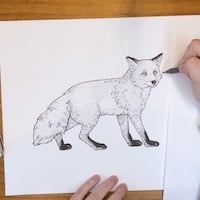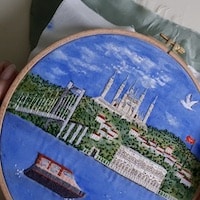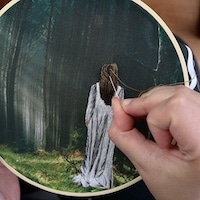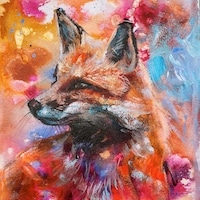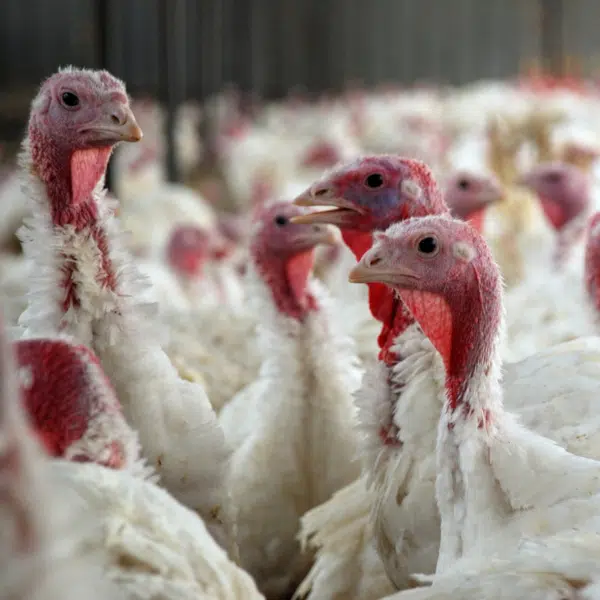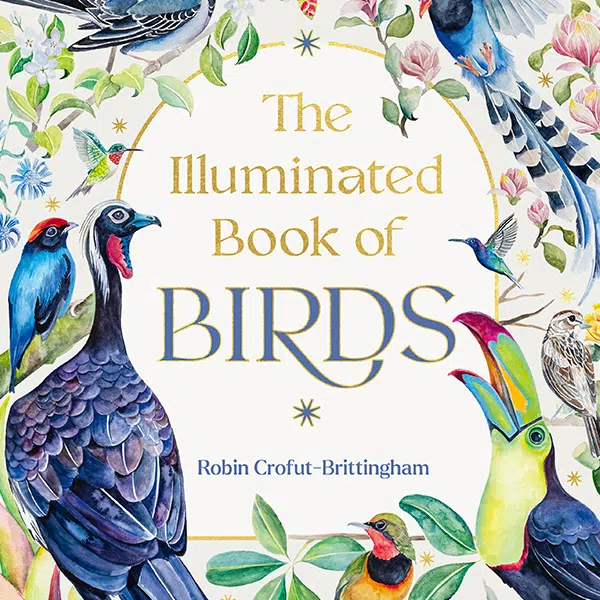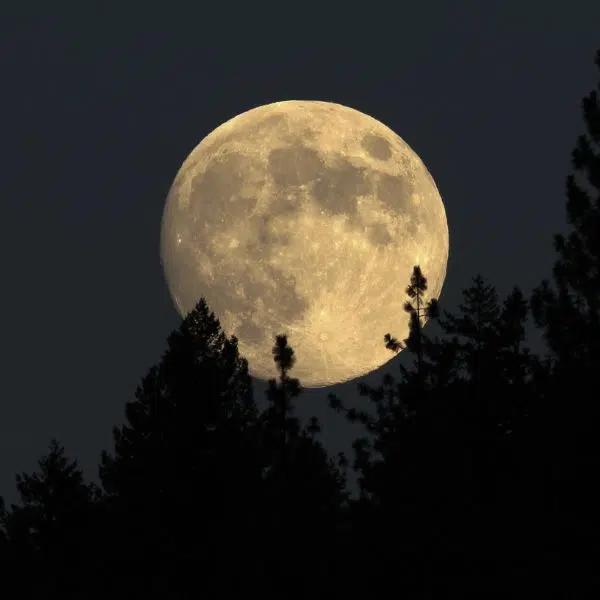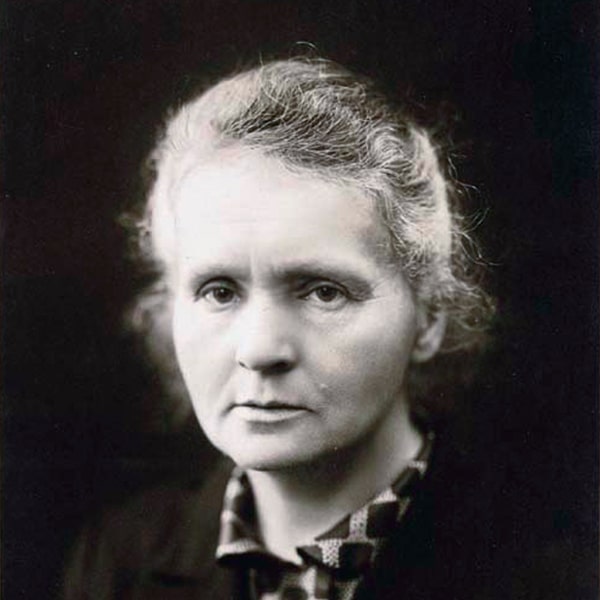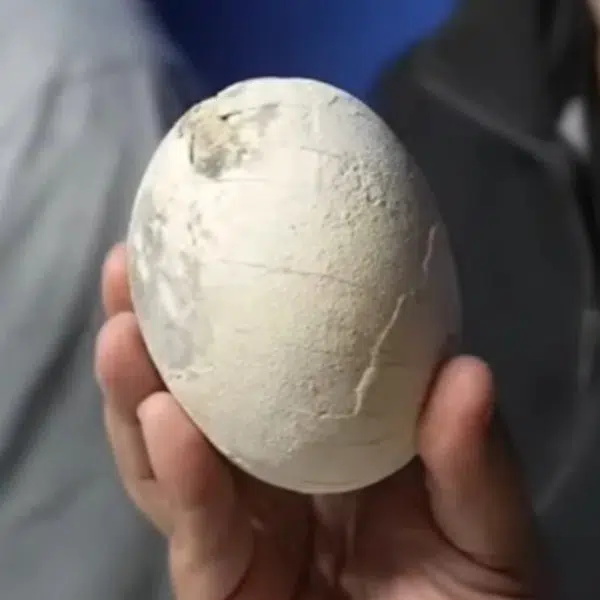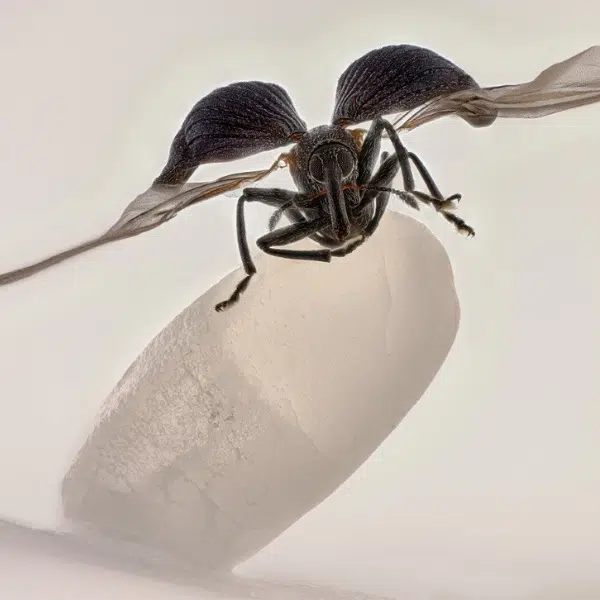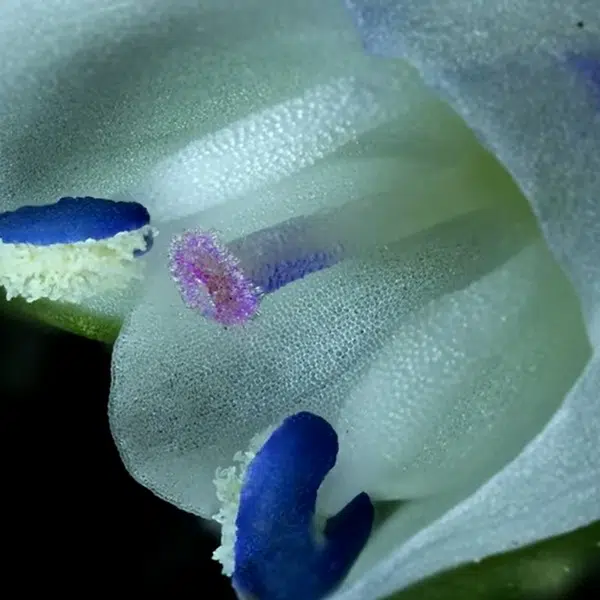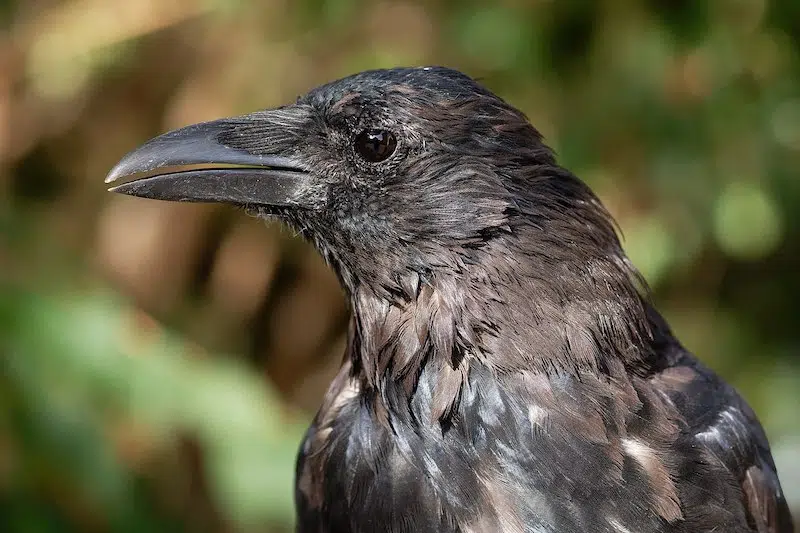
An adult male carrion crow in Paris. (Photo: Marie-Lan Taÿ Pamart via Wikimedia Commons, CC 4.0)
Alongside creatures like chimpanzees, dolphins, and dogs, crows are widely considered to be one of the world’s smartest animals. In fact, past research has proven that these birds can distinguish between human faces and voices, vocally count up to four, create and use tools, and even grasp the concept of water displacement better than an average 5- to 7-year-old child. A new study has revealed yet another feather in the crow’s cap: these clever birds may be able to understand basic geometry, a skill once thought to be unique to humans.
Published last week in Science Advances, the study asserts that carrion crows are capable of recognizing “geometric regularity,” that is, traits such as parallel lines, right angles, and symmetry. To determine this, researchers introduced the birds to various shapes, including stars, crescents, and squares, on a digital screen in a laboratory. As if playing a video game, the birds encountered shapes of varying complexity, each organized into modules of six, and were prompted to peck at the outlier with their beaks. If the bird could identify the one star, for example, among a group of five squares, it would receive a reward of a mealworm or bird seed pellet.
“Initially we presented some very obviously different figures, like five moons and one flower,” Andreas Nieder, a neurophysiologist and co-author of the study, told NPR. But even as the game grew more familiar, and the shapes more complex, crows could still discern the outliers.
“They could tell us, for instance, if they saw a figure that was just not a square, slightly skewed, among all the other squares,” Nieder added in an interview with Scientific American. “They really could do this spontaneously [and] discriminate the outlier shapes based on the geometric differences without us needing to train them additionally.”
Until now, there wasn’t a single animal that “demonstrated [the capacity] of detecting geometric regularity,” according to Nieder. A baboon, per another recent study, didn’t even showcase this ability, regardless of training.
“Baboons are so much closer to us and we trained them so much more,” Mathias Sablé-Meyer, a cognitive neuroscientist who worked on the baboon study, commented for NPR. “After failing to train the baboons to do it, I wouldn’t have expected crows to do it.”
But succeed in this they did, although researchers have yet to conclude why, exactly, crows have developed this ability. Perhaps, the paper muses, it helps them with navigation and orientation while flying? Or maybe it aids them as they forage for food, or as they seek a mate?
“All these capabilities, at the end of the day, from a biological point of view, have evolved because they provide a survival or reproductive advantage,” Nieder said.
In the future, Nieder and his team hope to discover more species with this skill.
“Claiming that it is specific to us humans is now falsified,” he concluded. “It’s just now opening this field of investigation.”
A new study has revealed that crows may be able to understand basic geometry, a skill once thought to be unique to humans.
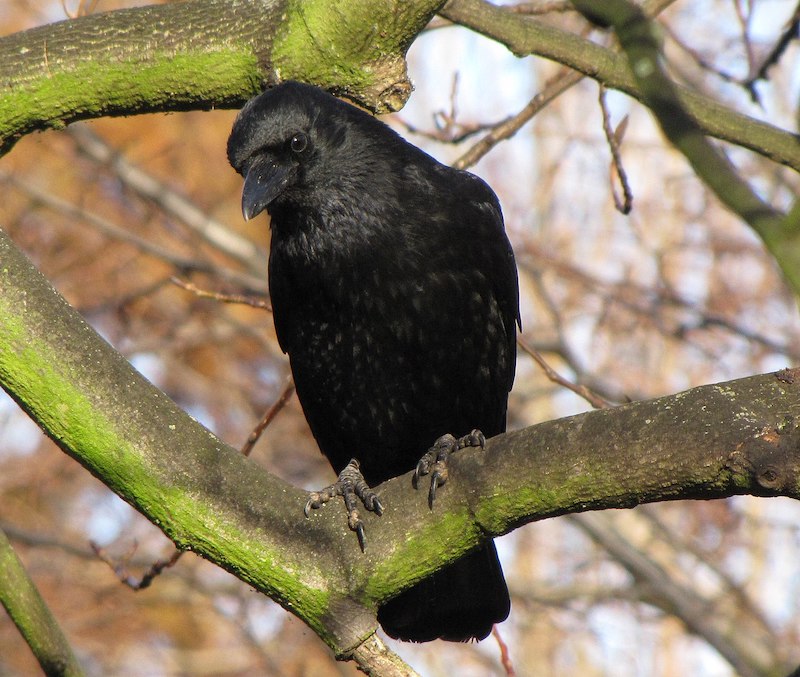
A carrion crow in England. (Photo: Jans Canon via Wikimedia Commons, CC 2.0)
The study involved showing crows a series of increasingly complex shapes, and prompting them to identify the outlier.
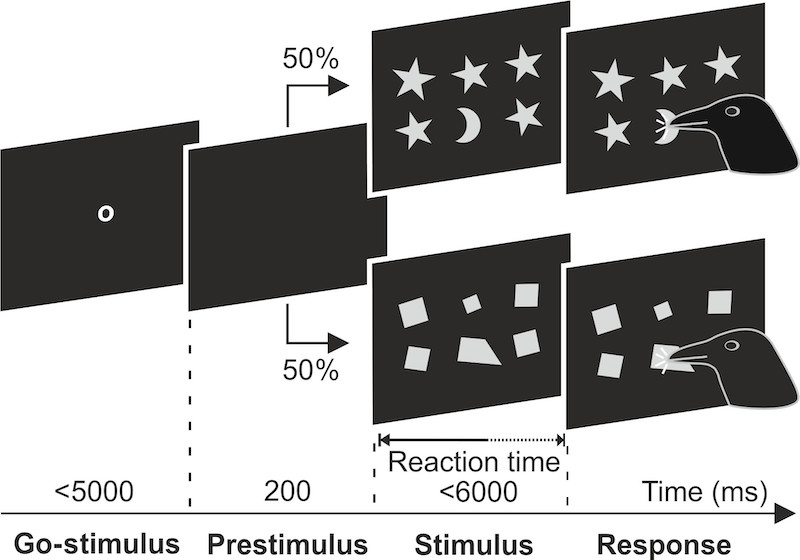
Figure pulled from the study “Crows recognize geometric regularity,” published in Science Advances on April 11, 2025
Researchers concluded that, like humans, crows can understand geometric regularity, that is, traits such as parallel lines, right angles, and symmetry.
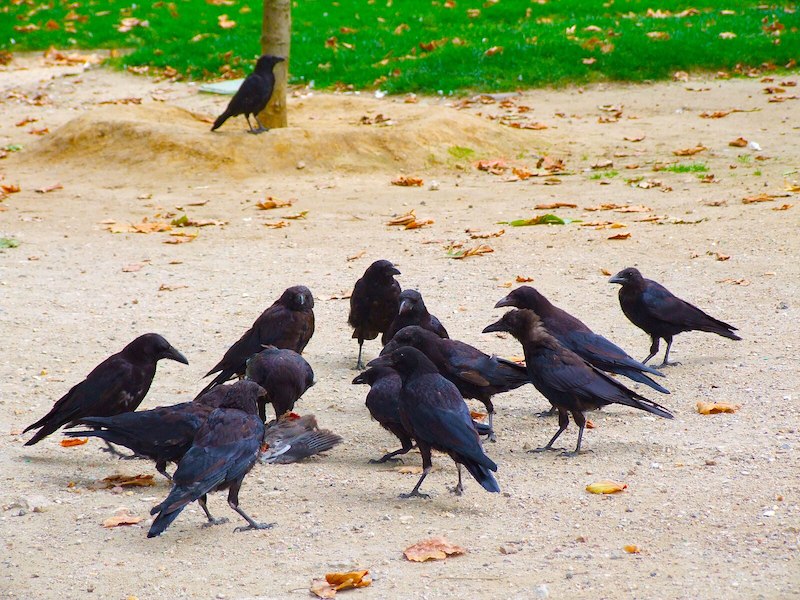
Carrion crows scavenging in Paris. (Photo: Irene Stylianou via Wikimedia Commons, CC 2.0)
Sources: A crow's math skills include geometry; Crows Are Good at Geometry. Don’t Look So Surprised; Crows recognize geometric regularity
Related Articles:
Learn More About How Elephants, One of the World’s Smartest Animals, Grieve
Long-Extinct Dire Wolf Is Successfully Brought Back to Life by Biotech Company
Ocean Census Announces the Discovery of Over 800 New Marine Species

















